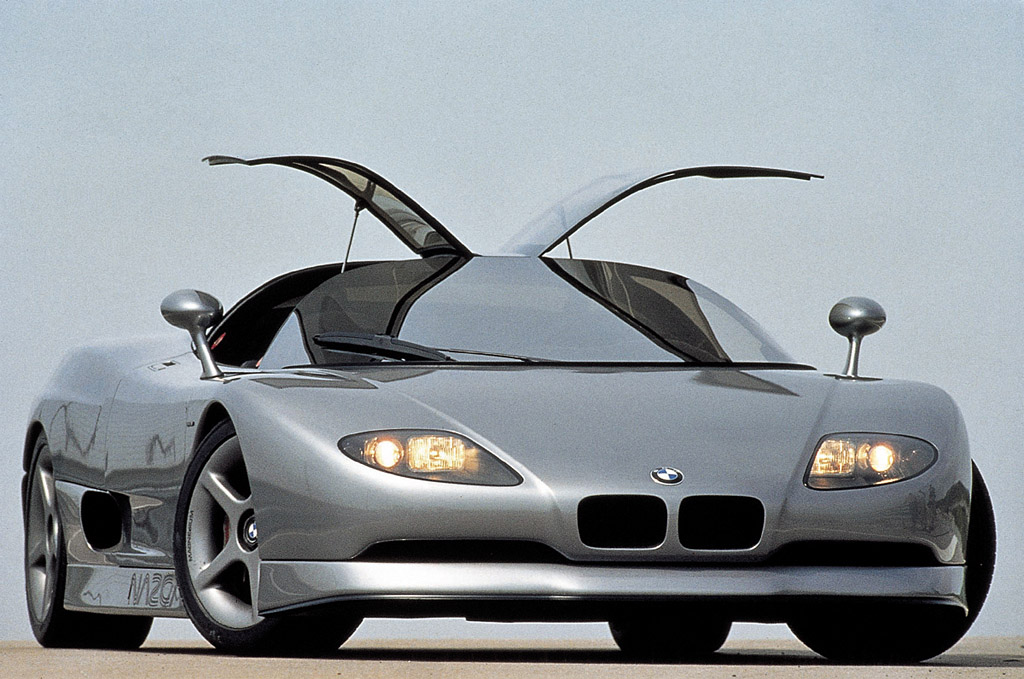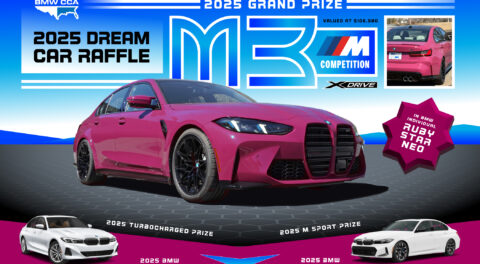BMW likes to be a pioneering force in the industry of automotive design, and the rather modest way in which they carry that status is one of the reasons why we now have so many beautiful concepts to appreciate, including those originating from the Mediterranean coast. While some argue that Italian design is better left to the country’s native luxury brands like Lamborghini and Ferrari, there are quite a few stunning BMW concepts that blend the soul of German engineering with the bravado of Italian styling very well—especially when it comes to elite supercar variants, like the Nazca M12 and C2.
It’s been well-established that BMW was never, and will never likely, a high-volume exotic or supercar manufacturer. The closest entrance into the production supercar market for BMW was the plug-in hybrid i8, and bold as it was, it may or may not warrant a follow up. We found out recently that its presumed successor, the Vision M Next, would likely not see the light of day due to the brand’s fear of pushing a highly specialized vehicle into an incredibly niche market. Supercars were never BMW’s play—but what would life have looked like if they were?
Sleek, classic, and loud. Oh, and very 90’s.

Flashback to the 90’s for a second—pop-up headlights, streamlined styling, and solitary body lines reigned supreme, thanks to more widespread access to newfound Computer-Aided Design (CAD) and digital drafting software. Cars of this era are nostalgic for many; even if you were too young to really appreciate them at the time, the fascination with the contemporary, more refined aesthetic that came with the automotive design renaissance of the 90’s is still attractive. While the E39 5 Series and E46 3 Series were just beginning to make waves throughout the community during this time with their timeless motifs, BMW wasn’t just exploring new designs for their production models.
The early 90’s gave rise to BMW’s post-M1 supercar dreams, and consequently, another Italian collaboration. Enter the Nazca M12 and C2—the results of a joint effort between BMW’s design engineers and Italdesign, more specifically the the creative talents of Giorgetto Giugiaro, the designer of the 3200 CS, Spicup, and M1, among a multitude of other special cars. The M12 and C2 concept supercars were artfully conceived as more of a social experiment than anything—that is, BMW wanted to see if they could ride on the coattails of the M1’s money-losing cultural success long enough to make a supercar a feasible addition to their lineup. While clearly the result wasn’t a production-based supercar, the concept cars were individually polarizing with their designs, and the collaboration had been productive enough to result in a few of the styling cues finding placement on production vehicles within BMW’s within a few years.

The first of the two concepts, the 1991 Nazca M12, was a spectacle in itself. In conjunction with BMW, famous artist and Italdesign’s founder Giorgetto Giugiaro, along with his son, Fabrizio, envisioned the M12 as a bold and fearless entry into supercar design for the German-based automaker. The entire Formula 1 inspired carbon-fiber chassis was aerodynamically low to the ground, as was typical for exotic cars of the 90’s, driven by a tried-and-true ZF 5-speed manual transmission, and powered by a 300-horsepower version of the M70 V12 from the E31 850i that was capable of propelling the car to nearly 186 mph (300 kmh).
While it can be argued that the concept’s silhouette shares some DNA with other supercars of the time, such as the Japanese-engineered Acura NSX or the British-born Jaguar XJ220, the M12’s individuality lies within its entirely transparent cabin. The glass greenhouse design encasing the cabin was and still is revolutionary, and the 360-degree panoramic perspective it provided was trailblazing at the time (in fact, visibility has only gotten worse in the decades since with regard to production cars). With gull-wing doors and gaping air dams on either side of the rear fenders, the M12 truly radiated a supercar essence.

Updated in 1992 as the Nazca C2, the revised concept was slightly more angular, favoring linearity over the curves of its predecessor. A downward sloping hood was met by two characteristic kidney grilles, and the headlights had been elongated into lateral slits. Unlike the M12, the C2 used a 5.0-liter Alpina-modified version of the M70 V12 shared with the B12 5.0 Seven and 8 Series models. A lower overall curb weight of just over 2,200 pounds, coupled with the addition of a few more ponies, saw an increase in the top speed of the C2 to 193 mph. The concept’s reign ended in 1993 with the debut of a topless roadster variant, the Nazca C2 Spider, this time with the 5.6-liter S70B56 M V12 of the 850CSi.
The existence of both the Nazca M12 and C2 represent important milestones in BMW’s supercar history. While they themselves never saw the consumer market, their essence and pioneering presence for BMW’s automotive architecture and design has caused them to go on and influence BMW’s dabbling in the supercar niche. Had BMW’s Munich design engineers and Italdesign not envisioned the gutsy styling of the M12 and C2 nearly three decades ago, BMW may have never had the courage to dream up the i8 nor Vision M Next. Dreamers or doers? BMW is both, and while they may not be taking the full plunge into the exotic car market, their ideas are well worth a look.—Malia Murphy
[Photos courtesy BMW Classic, Italdesign, Motor1.com]





















